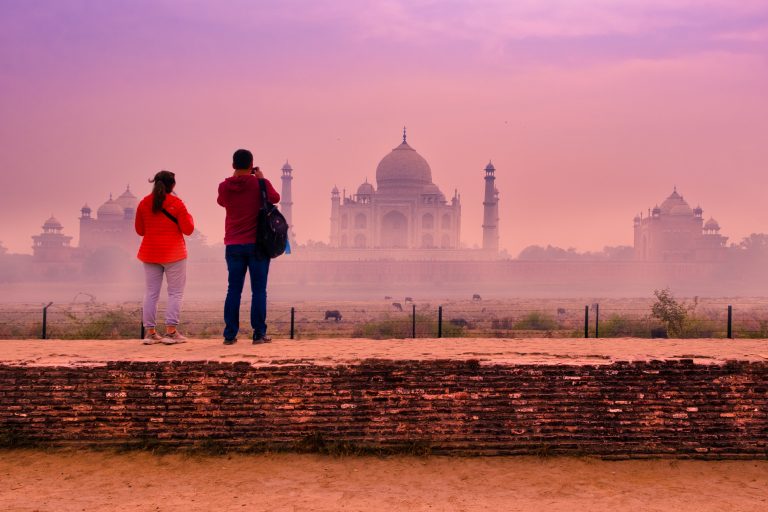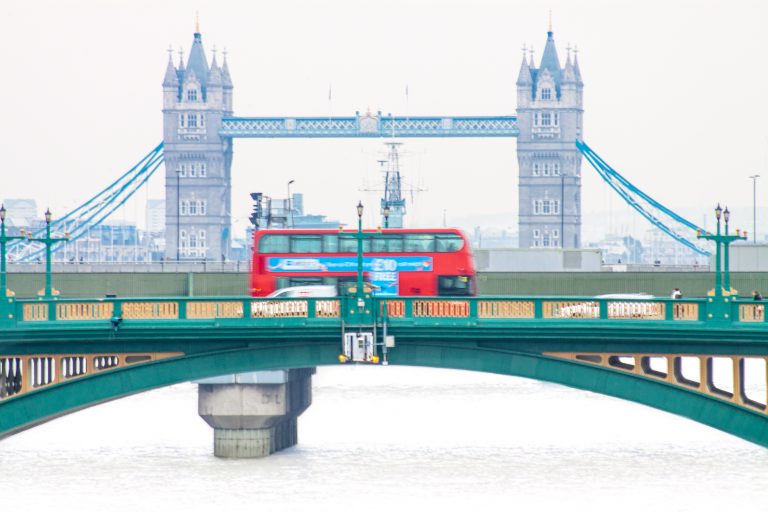
Mr. Ansel Adams would probably salivate at the quality of digital photography software available in the market today. Though he was a purist at heart, every photographer has to make a living, and that means pleasing their target audience, who undeniably and always fall for glitter and glamor over realism.
Some cameras are more “real” than others. Some lenses are more “real” than others. Is “real” boring? And, if I may ask, what is “real”? And how many kinds of digital darkroom software do you need? Currently there are 2 key categories of software, as described below, with some examples. With more people junking their DSLR and desktop / laptop software workflows to a pure mobile (phone, tablet) experience, we talk about both kinds of platforms.
Let’s start with the Amateurs first, as that software set is getting better by the day and mostly comes with an incredible price point – FREE.
For the Amateur
Most of these photography software apps are free or are bundled with the hardware you buy – smartphone, tablet, desktop, laptop or even a camera. The main aim of these apps is to catalog the user’s image, and they perform a few commonly used digital manipulations such as red-eye removal, auto levels, contrast, brightness, and saturation. Special effects, presets and filters are thrown in for good measure, plus the ability to integrate with a social web site or blog.
iOS & Android: We love Snapseed. In our mind, it has the best set of simple filters and presets, along with very powerful (desktop-level) tools to edit your photographs in any way possible. Available on iOS and Android.
Your phone or tablet might also come with a default photo edit and share mode within your camera app, which is getting better day by day – you may not need anything else.
Desktop & Laptop: If you have Mac OS X (Yosemite or later), you get the very capable Apple Photos application for free. This replaces the iPhoto app available on Mavericks and prior to that. Apple Photos is extremely intuitive, has a plethora of editing options and presets. If you are a Windows or Linux user, the capable free option you have is Darktable – which though not as polished as a Lightroom or Apple Photos, is getting pretty close.
If you are willing to pay, Adobe Lightroom is by far the only app a photographer with a time crunch ever needs. Yes, the serious media artist or photographer can do with more sophisticated software, but you may not have the time or the patience to painfully work on each photograph.
We both work on Mac OS X, have Apple Photos, but we shell out money for a Lightroom subscription every year. We swear by Lightroom, and don’t need anything else.
For the Media Artist
This is the Cadillac category, and also has the steepest learning curves. These software do one thing and they do it well – manipulate images. They trade function over form, and are not very (layman) user friendly. In our mind, these apps are targeted towards the Media Artist – a person who doesn’t just take photographs, but rather creates art.
Desktop and Laptop: Adobe Photoshop is the yardstick against which every other media editing software is compared. You can create images in Photoshop, not just fix them. There is nothing else that comes close, and this software doesn’t come cheap. Available on both Mac OS X and Windows.
GIMP is an Open Source and free photo editing software that comes very close in function to Adobe Photoshop. Its probably 90% of the functionality at a free price point – and may satisfy the needs of most people. GIMP is also available on Windows, Mac and also on Linux.
At some point in the past, Photoshop and Lightroom didn’t do HDR (High Dynamic Range) photography well. The software to use for HDR used to be Photomatix. But that has changed quite a bit, and the Adobe suite does a pretty good job at HDR. Plus, if you are brave, Luminosity Masks in Photoshop are the way to go for sharp dynamic range.
Luminance HDR (formerly the unpronounceable qtpfsgui) is an Open Source and free alternative to Photomatix that also comes very close in function. Luninance is available for Windows, Mac and Linux as well.
The desktop world is seeing a surge in editors that are challenging the Adobe dominance. Luminar and Affinity Suite are two of the best contenders that have pretty good editing options and are adding DAM (Digital Asset Management) – or a library function – to their software as well. Like Darktable, they are close but not quite Adobe replacements yet (2018).
What we settled on: Personally, we have settled down on a combination of Adobe Lightroom and Photoshop. Lightroom is used 98% of the time, while Photoshop takes the remaining 2% of the volume.


